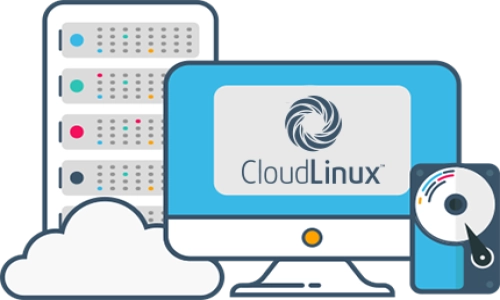
CloudLinux Installation and Configuration: Isolate Your Linux Servers and Enhance Security
CloudLinux is a powerful operating system designed specifically for shared hosting environments. It provides server isolation and resource allocation features that enhance security, stability, and efficiency. In this guide, we'll walk you through the process of installing and configuring CloudLinux on your Linux server.
Step 1: Server Preparation Before you begin, ensure that you have:
- Full root access to your Linux server.
- A valid CloudLinux license or a trial license key.
- Backed up your server data to prevent data loss.
Step 2: CloudLinux Installation
-
Log in to your server as the root user.
-
Download the CloudLinux installation script:
wget https://repo.cloudlinux.com/cloudlinux/sources/cln/cldeploy -
Make the script executable:
chmod +x cldeploy -
Run the installation script:
./cldeploy -k YOUR_LICENSE_KEYReplace "YOUR_LICENSE_KEY" with your CloudLinux license key.
-
Follow the on-screen instructions to complete the installation.
Step 3: Activation and Registration
-
After the installation is complete, register your server with CloudLinux using the following command:
clnreg_ks -
Enter your activation key when prompted.
Step 4: CageFS Installation (Optional)
CageFS is a CloudLinux feature that provides user-level isolation. It's recommended for shared hosting environments.
-
Install CageFS:
yum install cagefs -
Initialize CageFS:
/usr/sbin/cagefsctl --init
Step 5: LVE Manager Installation (Optional)
The LVE Manager allows you to manage resource limits for individual users and domains.
-
Install the LVE Manager:
yum install lvemanager -
Access the LVE Manager web interface via your server's IP address.
Step 6: Configure Limits
You can set resource limits for users and applications using the LVE Manager. Define CPU, memory, and concurrent connection limits to prevent resource abuse.
Step 7: Monitor and Maintain
Regularly monitor your server's performance and resource usage through the LVE Manager. CloudLinux provides tools to analyze server performance and identify issues.
Step 8: Update CloudLinux
Keep CloudLinux updated to benefit from the latest security patches and features.
Conclusion
By following these steps, you can install and configure CloudLinux on your Linux server, enhancing security, stability, and resource allocation. This is especially valuable in shared hosting environments where isolation and resource management are crucial for a smooth hosting experience.
 Turkey (Türkçe)
Turkey (Türkçe) Germany (German)
Germany (German) Worldwide (English)
Worldwide (English)




Yorumlar